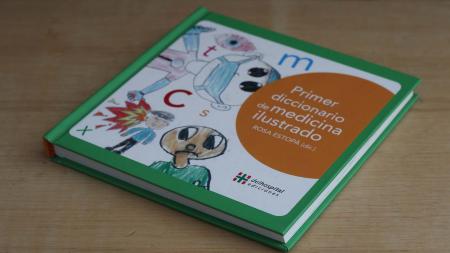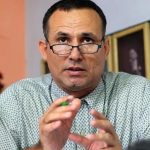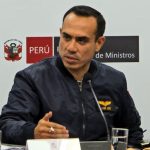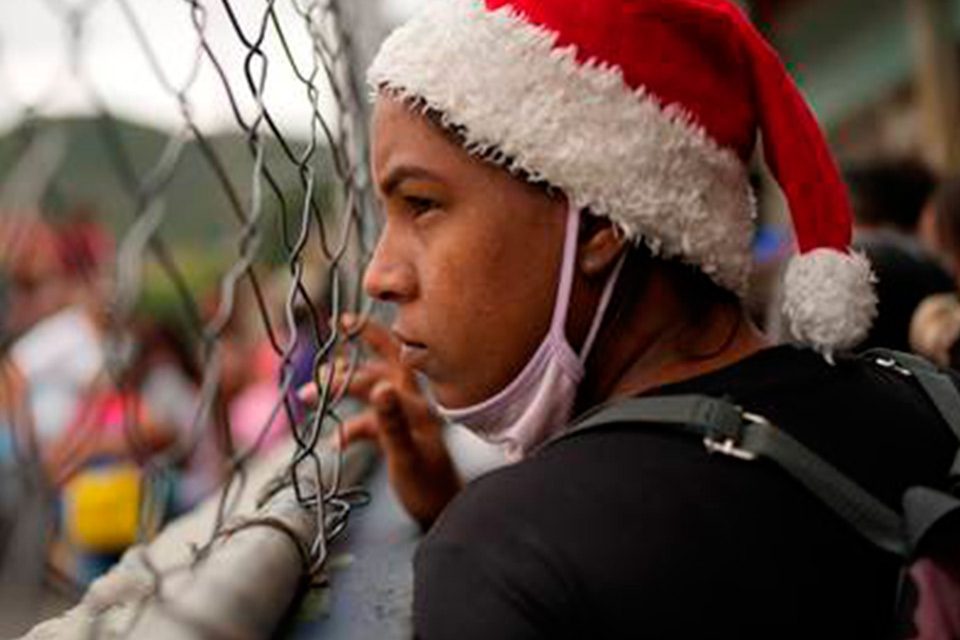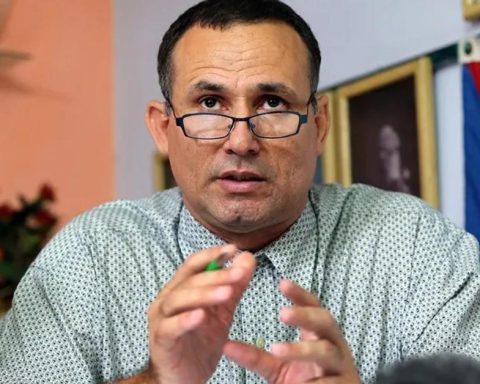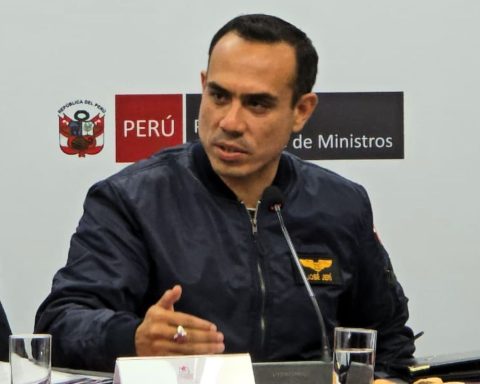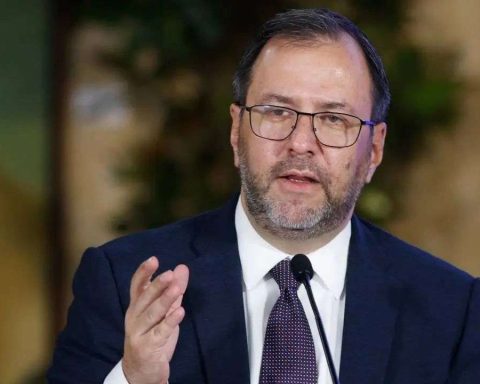Allergy, infection, tooth decay, anorexia and autism are some of the 330 words in the First Illustrated Medicine Dictionary for boys and girlsa book with the most used terms to talk about health and diseases created by specialists and people between the ages of 8 and 12, which brings definitions of medical knowledge closer to a “socially vulnerable group” and with a level of “very low health literacy” “said its author.
The dictionary presented by the Italian Hospital was developed from the explanations and drawings that children made about words related to medicine, and based on this material, professionals built the definitions that appear in the book.
Ambulance, hospital, headache and operation are the simplest concepts that can be found, but also more complex words appear such as cancer, depression, Down syndrome, trauma, chicken pox, virus, rare disease and penicillinamong other.
Rosa Estopá, the main author of the book, is a linguist and professor in the Department of Translation and Language Sciences at the Pompeu Fabra Public University, in Barcelona.

The idea of a dictionary for children arose “from observing unmet social needs because boys and girls are a socially vulnerable group that often gets sick,” Estopá explained in dialogue with Télam.
“Every year they have a medical check-up, they receive vaccinations, they can have an accident, they can live with sick relatives, and, in return, they receive very little health information,” the linguist said.
The specialists spent three years working with 1,200 Catalan boys and girls between the ages of 8 and 12 second, third and fourth grade from eight schools for the production of this dictionary in which they detailed, for example, that for the word “cancer” they took 100 explanations and 100 drawings, and with that material they put together the definition that appears in the book .
“Every year they have a medical check-up, they receive vaccinations, they can have an accident, they can live with sick relatives, and, in return, they receive very little health information”Rosa Estopa
“The level of literacy or health education of the child population is very low. For this reason, a medical dictionary is a resource that allows a natural approach to the words that convey medical knowledge,” the expert remarked.
Regarding the tour of the dictionary, he said that “first the children explained what they knew about that word and drew it. Then we digitized the material and analyzed it to find out what the children knew and especially what they did not understand.”
On this point, Estopá assured that they built the most appropriate definitions that were later reviewed by doctors to incorporate “positive and true information in the explanation” that is offered to the little ones.

Available from the publishing house of the Italian Hospital University Institute, this dictionary “is a book that, due to its characteristics, can be used both in the classroom and in the family environment” and that “aims at those health professionals who are interested in knowing how to address these issues with their patients,” he added.
The aim of the book, according to its author, is that boys and girls can understand words that speak of health and diseases in three scenarios: school, health and family.
“We want the dictionary to be present in school classrooms and in pediatricians’ waiting rooms for consultation, and that the pediatrician leans on the dictionary when addressing the child to explain what is happening,” he said.
Besides, They seek that parents and children can consult the dictionary and “read a health-related word every day.”
Under each word you will find its grammatical category, its meaning -accompanied by a drawing made by a boy or girl-, the etymology, the relationship between them and in what context it is used.
Under each word you will find its grammatical category, its meaning -accompanied by a drawing made by a boy or girl-, the etymology, the relationship between them and in what context it is used.
For example, in the case of “headache” it is said that “we popularly use headache and another word that doctors use is migraine and migraine.”
About “sore throat” it is noted that “when our throat hurts from an infection, doctors use the word tonsillitis, which is a ‘specialized’ term.”
Besides, in many cases it “denies” ideas that boys and girls tend to have with certain conceptsas cancer is a contagious disease.

In “overweight” and “obesity” it warns that “one should not be confused with the other”, and in the case of “disability”, for example, it clarifies that “it is not a disease”.
In “heat stroke” he explains that “if the heat stroke is because you were out in the sun a lot, it can also be called heat stroke”, and with “flu” he warns that “many times we confuse the flu with a cold”.
Besides, at the end there is an atlas with eight drawings on the human bodywhere they also define other terms such as first-aid kit (and what we can find inside one), the digestive system and the sense of hearing.
“Boys and girls prefer to have words and concepts explained to them, they are the same as older ones. Linguists and pediatricians have been able to develop more appropriate definitions that are closer to children that precisely allow meaningful learning of health words,” he explained. Tow.
One of the main challenges faced by health professionals, according to their own authors, was to reflect on and analyze the different words, terms, and phrases they use to refer to diseases, symptoms, feelings, and beliefs related to our body. and that of our loved ones.
“There was not a medical dictionary designed for children in any language, not even in Spanish, and even less that was based on their knowledge of health terms,” the author concluded.
